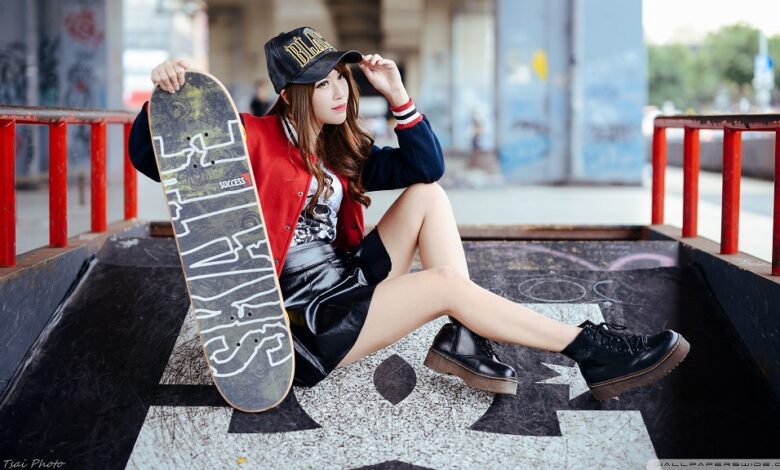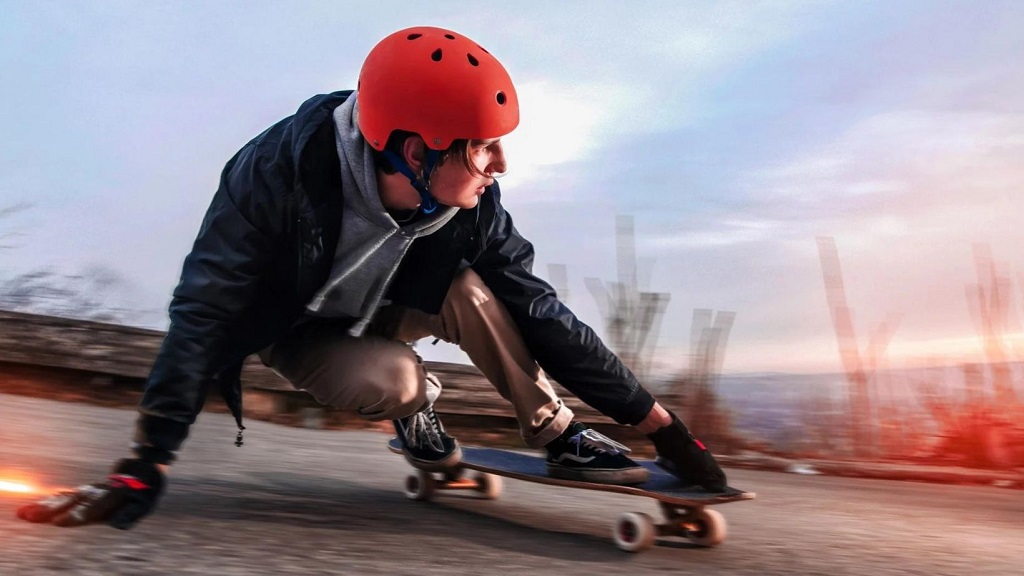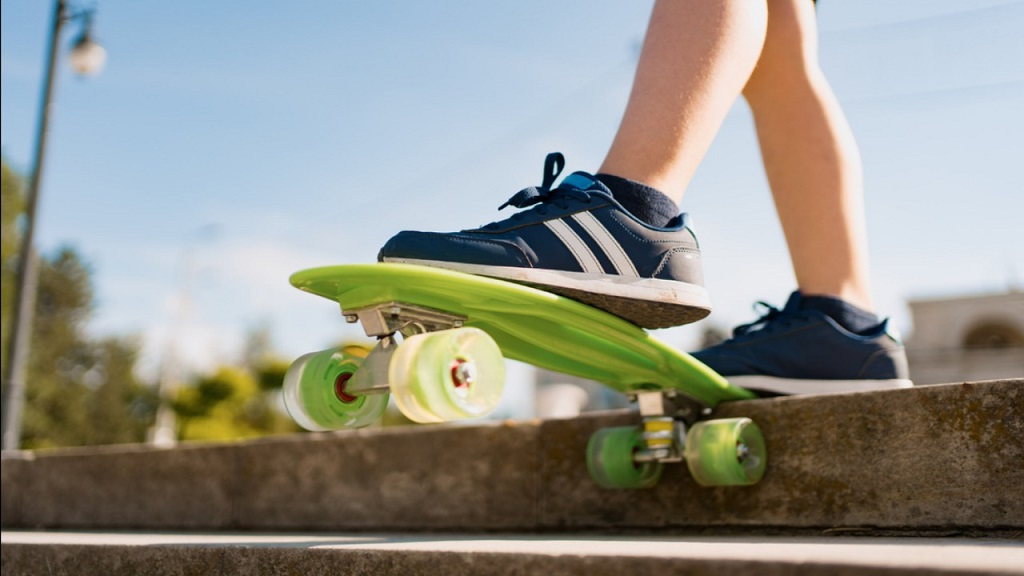What Do You Need for a Skateboard

Hey there, fellow skateboard enthusiast! So, you’ve decided to dive headfirst into the thrilling world of skateboarding, but you’re not sure where to start. Fear not, my friend, because I’m here to break it down for you in a way that’s as easy as kickflipping a board. We’re going to talk about everything you need to get rolling on your very own skateboard. From the deck beneath your feet to the wheels that make it all happen, we’ll cover it all.
The Basics of a Skateboard
First things first, let’s get familiar with the basic components of a skateboard. Picture it like a puzzle, and we’re about to put all the pieces together.
- The Deck: This is the heart and soul of your skateboard. It’s the flat board that you stand on, and it’s usually made of layers of wood, but you can find decks made from other materials like bamboo or even carbon fiber. Decks come in various shapes, sizes, and designs, so pick one that speaks to you. Discover how much does a skateboard weigh.
- Trucks: If the deck is the heart, then trucks are the skeleton of your skateboard. These are the metal T-shaped parts that get attached to the underside of the deck. Trucks hold your wheels and allow you to turn. They consist of a baseplate, hanger, and kingpin.
- Wheels: What’s a skateboard without wheels? They come in different sizes and hardness levels. Smaller wheels are great for technical tricks, while larger ones are better for cruising and stability. The hardness, measured on the durometer scale, affects how the wheels grip the ground and slide.
- Bearings: Bearings are those little donut-shaped things that fit inside the wheels. They make your wheels spin smoothly and keep your ride fast. They’re usually rated on an ABEC scale, with higher numbers indicating better precision.
- Grip Tape: This is the gritty, sandpaper-like sheet that you stick on top of your deck. It’s essential for providing traction so your shoes don’t slip off while you’re shredding.
- Hardware: These are the screws and nuts that hold everything together. You’ll need eight of them to attach your trucks to the deck. Make sure they’re the right length, or you’ll end up with wobbly trucks. Discover Lightweight BMX Bikes.
Essential Gear and Safety
Now that you’ve got a grip on the basics, let’s talk safety gear. Skateboarding can be a blast, but it can also be a little rough on your body, especially when you’re learning the ropes. Here’s what you need to keep yourself safe and stylish:
- Helmet: Your noggin is precious, so protect it! A good skate helmet is a must. Look for one that meets safety standards like CPSC or ASTM. It should fit snugly and have padding to absorb impacts.
- Pads: Elbow and knee pads are like armor for your joints. They’ll save you from scrapes, bruises, and worse. Plus, they can boost your confidence when you’re trying new tricks.
- Wrist Guards: These are particularly crucial for beginners. Falling on your hands is a common occurrence in skateboarding, and wrist guards can prevent nasty fractures.
- Proper Footwear: Skate shoes are specially designed for skateboarding. They have grippy soles and durable construction to withstand the wear and tear of skating. Regular sneakers might not cut it.
- Apparel: Dress comfortably and in layers. You’ll want to move freely but also protect your skin. Plus, sporting the skateboarder style is all part of the fun.
Choosing the Right Skateboard
Alright, now that you know what goes into a skateboard setup and what gear you need for safety, it’s time to choose the right skateboard for you. Here are some factors to consider:
- Skateboard Type: Skateboards come in various styles, each tailored to different types of riding. There are street skateboards for tricks, cruiser boards for relaxed rides, longboards for downhill cruising, and more. Think about what kind of skating you want to do most.
- Deck Size: The width of the deck matters, especially when it comes to comfort and control. Wider decks provide more stability, while narrower ones are better for tricks. Consider your shoe size and what feels comfortable under your feet.
- Truck Width: Match the width of your trucks to your deck for optimal performance. Wider decks need wider trucks, and vice versa. This ensures that your board turns smoothly and handles well.
- Wheel Size and Hardness: Think about where you’ll be skating most. If it’s smooth pavement, smaller and harder wheels are great. For rougher terrain or cruising, go for larger, softer wheels that absorb shocks.
- Brand and Quality: Skateboards are an investment, so opt for reputable brands known for their quality. A good skateboard can last a long time with proper care.
- Budget: Your budget plays a role in your choices. High-quality components can be pricier, but they’re worth it for durability and performance. Don’t skimp on safety gear, though.
Putting It All Together
Once you’ve selected the perfect skateboard and gathered your safety gear, it’s time to assemble everything. It might seem a bit daunting, but trust me, it’s easier than it looks. Here’s a step-by-step guide:
- Place Grip Tape: Peel the backing off the grip tape and carefully apply it to the deck’s top surface. Press it down firmly and use a skate tool or the edge of a spare deck to trim the excess tape along the edges.
- Attach Trucks: Line up your trucks with the mounting holes on the deck, making sure they’re facing the correct way (front and back). Use the provided hardware to secure the trucks to the deck, making them snug but not too tight. Ensure they’re even on both sides.
- Install Wheels: Slide your bearings into the wheels and press them onto the trucks’ axles. Make sure they spin freely. Tighten the nuts on the axles just enough to prevent wobbling but still allow the wheels to spin.
- Adjust Trucks: Use a skate tool to fine-tune your trucks. You can adjust the tightness to make them turn more or less. Experiment until they feel just right for your riding style.
- Safety Gear: Put on your helmet, pads, and wrist guards. It’s time to hit the pavement!
Conclusion
So, there you have it – everything you need to start your skateboarding journey! Remember, skateboarding is not just a sport; it’s a culture and a way of life. It takes practice and patience, so don’t get discouraged if you don’t land that kickflip on your first try. Keep pushing, have fun, and stay safe out there. Skate or die, my friend!
FAQs (Frequently Asked Questions)
- Q: How do I choose the right deck size for my skateboard?
A: Deck size depends on your shoe size and personal preference. A wider deck (8.0″ and up) offers more stability, while a narrower deck (7.5″ to 8.0″) is better for tricks. Try a few different sizes to see what feels most comfortable. - Q: Can I use any shoes for skateboarding, or do I need skate-specific shoes?
A: While you can technically use any shoes for skateboarding, it’s best to invest in skate-specific shoes. They have features like grippy soles and reinforced ollie areas that make skating safer and more enjoyable. - Q: How do I maintain my skateboard to ensure it lasts longer?
A: Regular maintenance is key. Keep your bearings clean and well-lubricated, tighten loose bolts, and periodically check for deck cracks or delamination. Clean your grip tape with grip gum to maintain traction. - Q: Are all skateboard trucks the same, or do they vary by brand?
A: Truck quality can vary by brand, but they all serve the same basic function. Reputable brands tend to offer more durability and smoother performance. Choose trucks that match your deck’s width. - Q: Do I need to break in my skateboard wheels before they perform at their best?
A: Yes, breaking in wheels can help improve their performance. Skating for a while will wear down the initial layer, making them smoother and faster. Just be patient, and they’ll get better with time.

